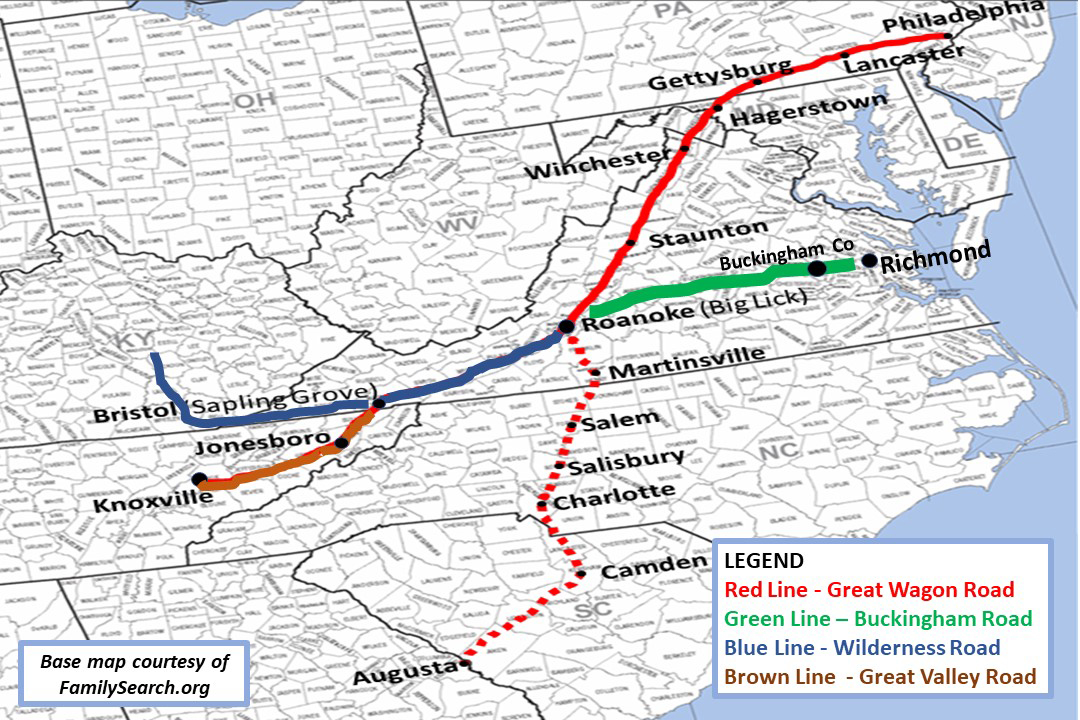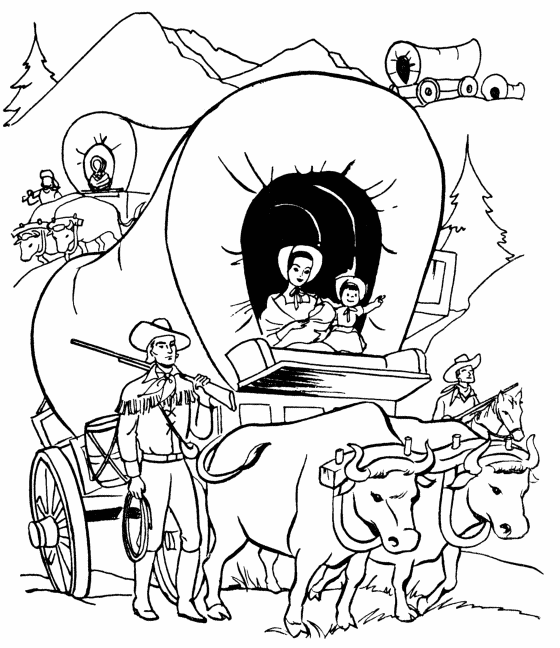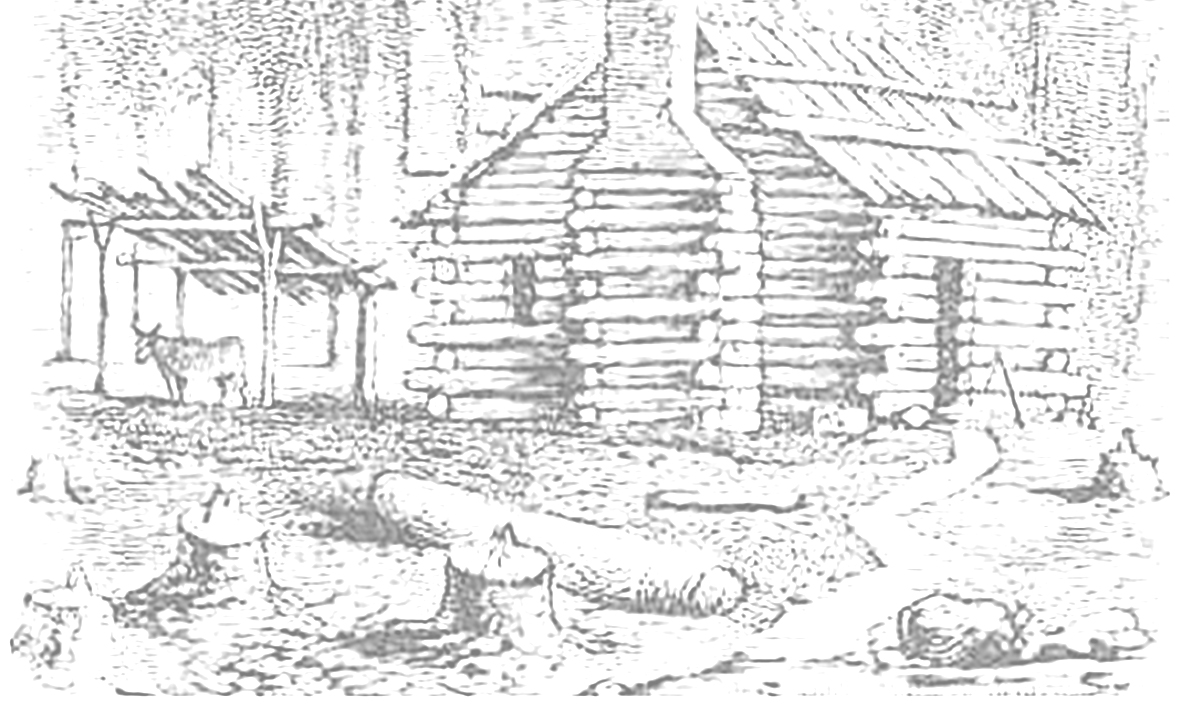CREDITS:
Research by
Reiley Kidd, MD,
and Sandra Kidd on the
Kidds of Virginia 1646-1850, http://www.kiddroots.org

Our KIDD family's Tennessee home place in Blount County is of
course just a hoot 'n holler south of Knoxville. Knoxville being better
suited for larger cash crop farming, our Kidds apparently moved on
a bit further south where the rich land was good for small family
farms.





![]()
![]()
![]()
![]()
THEY CAME DOWN THE WILDERNESS ROAD
It's fascinating
and inspiring to realize that our KIDD kinfolks were real, actual pioneers
like so many other families of that day and time! Some of the trails
and roads they must have had to follow were meager improvements over
the buffalo paths and native American trails they had grown from. It
should be a point of pride that KIDDs were a part of early colonial
America and of the settling of the new nation, the United States!
But you have to wonder, how did our Kidd ancestors travel from colonial
Virginia to Tennessee? On foot? Horseback? By wagon? We don't really
know, but probably all three. What trails or roads did they actually
have to follow? What dangers did they face along the way? That story
reveals some very interesting history.
Everybody
loves the stories about Daniel Boone and how he and a group of 30 axe-wielding
frontiersmen blazed a trail through wild, untouched wilderness that
was eventually improved into a wagon road from Virginia and across the
Appalachian mountains into Kentucky that became known as the famous
Wilderness Road. In October of 1773, part of Boone's working/hunting
party became separated from the main group and was attacked by a band
of Delaware, Shawnee, and Cherokee. All except two were killed, and
Boone's son, James, who was with them was killed also in that raid.
(James Boone historical marker)
'Road to Kaintuck', a song by Johnny Cash, describes the heart and spirit of the hardy folks who were a part of the great western expansion from the northern colonies and Virginia.
But what most folks don't know is that Boone's work, while historically significant, was only a part of a much longer migration path that led from New England and through the Middle Colonies to what was then the unsettled western frontier of southwest Virginia, Kentucky, and Tennessee.
The northernmost part was the Great Wagon Road, also sometimes called the Great Warriors' Path, Valley Pike, Carolina Road, or Trading Path among other names. It was the most important Colonial American route for settlers from New England headed west and south for the mountainous back country frontier.
The
Great Wagon
Road (<--read more here) stretched for 800 miles from
Philadelphia, Pennsylvania following ancient buffalo trails and Native
American hunting/trading/warrior paths that ran west following the eastern
side of the Appalachian Mts down to a place in west-central Virginia
called 'Big Lick' that is now the town of Roanoke
(<--read more here).

At Roanoke, the Great
Wagon Road (<-- detailed map here) gave way to the Great
Valley Road which forked away (blue line on map) continuing
on in a southwesterly direction.
Booneís Wilderness Trail (<--read more here) also began
here at Roanoke and went up over the Blue Ridge Mts and continued concurrently
along the same paths as the Great Valley Road on across southwestern
Virginia to where it met the northeastern border of Tennessee at a place
called 'Sapling Grove', which is now the town of Bristol. At Bristol,
the Great Valley Road (brown line on map) forked away from
Boone's Wilderness Road and continued on in a more southern direction
into eastern Tennessee, all the way over to what is now Knoxville, and
in later years was extended on to Nashville as Avery's
Trace.
LEWIS
& SARAH LEAVE BUCKINGHAM COUNTY...
The Great Wagon Road and Boone's Wilderness Road were already
well traveled by thousands of settlers by sometime in 1804-1806 when
our Lewis & Sarah and other families of their close kin and friends
left Buckingham County and began their trip west to new lands and a
chance at a better life. Even though the available roads had been much
improved by the early 1800's, travel was still slow, difficult, and
often dangerous. When you headed out on the frontier roads, you were
literally taking your life in your hands. You were continuously driving
the wagon up hills or leaning back on the brakes going down hills. See
Poem - Leavin' old Virginny
An ax, a pick, a shovel, and a trusty rifle were essential tools for
anyone traveling. The road would frequently be washed out by rains or
be blocked by fallen limbs or trees. There were no open conflicts with
the Cherokee nation to speak of by the early 1800's, but the trip through
the Tennessee River valley was not without its dangers. Your trail led
you through Cherokee lands where you were often literally passing through
the middle of their villages. Even though there was no official conflict,
tribes would sometimes demand payment for passing through their land
which often led to disputes that tended not to end well. And there was
always the danger of rogue braves and road bandits.
THE
BUCKINGHAM ROAD...
Across Central Virginia from their home county, Lewis and Sarah's first
path had to have been west through neighboring counties. One of the
most important east/west roads from Tidewater Virginia during colonial
times was the Buckingham
Road. Not as well known as other colonial roads, this road connected
the coastlands around Richmond to the counties of central Virginia and
on westward to the dark tobacco plantations of Lynchburg (a course now
approximated by U.S. Hwys 60 and 460) and then on to the main crossroads
at Roanoke.
Roanoke was a main junction where travelers from east and central Virginia
could connect with the Great Wagon Road on its way down from the northern
colonies. It is also where Daniel Boone and his party of frontiersmen
began blazing the Wilderness Trail, following existing ancient buffalo
trails and Native American hunting paths through the mountains at Big
Moccasin Gap and further on through the famous Cumberland Gap.
DOWN
THE WILDERNESS ROAD...
Once they reached Roanoke, Lewis and party surely must have followed
Boone's Wilderness Road on across southwest Virginia to Bristol which
was located in close proximity to the borders between Virginia, Tennessee,
and Kentucky.
At Bristol they likely followed the Great Valley Road which forked away
southwest, bypassed two difficult mountain passes, and continued on
through the Tennessee River Valley, and from there on to what was to
become the Knoxville area (see map).
Our KIDD family's Tennessee home place in Blount County is of course just a hoot 'n holler south of Knoxville. Knoxville being better suited for larger cash crop farming, our Kidds apparently moved on south a bit further to where the rich land was good for small family farms. Blount County is one of the oldest counties in Tennessee. Established in 1795 before statehood, it was named in honor of Territorial Governor William Blount.
POEM
Commemorating
our pioneer KIDDs of Colonial Virginia.
"Iím
leaviní old Virginny,
Leaviní my old life behind."
Poem
by K.D. Kidd

When
you headed west on frontier roads, you were literally taking your life
in your hands. In hilly terrain you were continuously driving the wagon
up hill or leaning back on the brakes going down hill.
An ax, a pick, a shovel, and a trusty rifle were essential tools. The
road would frequently be washed out by rains or be blocked by fallen
limbs or trees.
The trail through tribal lands in the Tennessee Valley was not without its dangers. Often you were passing through the middle of Cherokee villages where tribes would sometimes demand payment for passing through their land. And there was always the danger of rogue braves and road bandits.





To include your stories and other information in this site,
Email us at Webmaster.
Comments,
suggestions,
additional info are
always welcomed.,
Please contact: Webmaster
